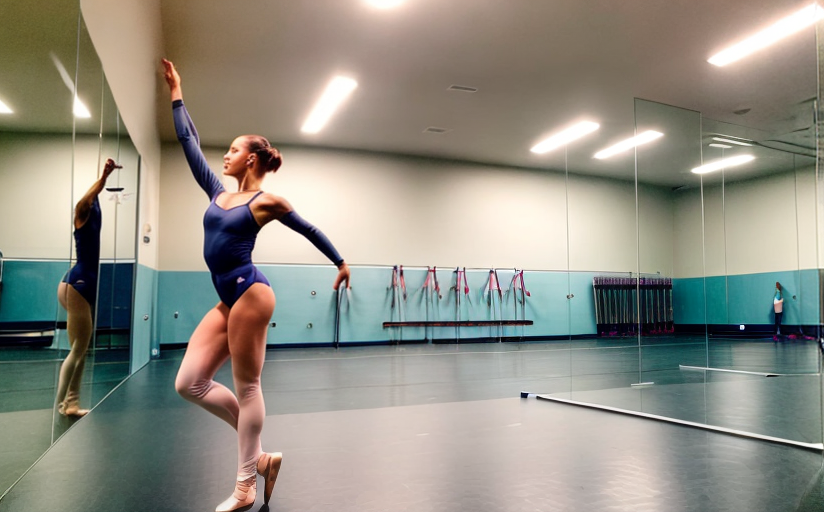The Impact of Classical Ballet Training on Professional Athletes
Classical ballet training is not typically a component of professional athletics training; however, it has been increasingly recognized as an advantageous addition to various sports. Ballet training can significantly optimize an athlete's performance by improving their flexibility, balance, agility, and overall strength. This article explores the impact of classical ballet training on athletes and how its characteristics translate to other sports.
Flexibility, Balance, and Agility
One of the primary reasons for integrating ballet into an athlete's workout routine is the significant augmentation in flexibility, balance, and agility it provides. In ballet, performers make use of their entire bodies, which results in well-rounded muscular development. They balance on their toes, leap high into the air, and contort their bodies into positions that require a high level of flexibility - abilities that are critical to many athletes. For example, NFL Hall of Famer Lynn Swann adopted ballet into his training routine, significantly improving his balance and agility on the field.
Strength
Ballet exercises are typically slow, controlled movements that require strength and precision. This enables athletes to grow stronger without adding bulk, making ballet an excellent complement for sports that value strength without excessive mass. Distance runner Alexi Pappas credits her strength and endurance to her ballet training.
Psychological Aspects
Discipline and mental toughness, two essential traits for athletes, are deeply ingrained in ballet training. The repetitive nature of ballet classes and the high expectations for precision cultivates a mental resilience that transfers well to the sports world. For instance, professional boxer Yusuf Shepherd has reported a significant increase in his focus and discipline since incorporating ballet into his training.
Challenges and Potential Solutions
One possibility is to integrate an introductory ballet regimen into the pre-season or off-season training. It helps athletes develop a base that they can build on as the season progresses. To combat the stigma often associated with ballet, we can highlight successful athletes who have benefited from ballet and open the conversation about the physical and mental advantages it provides.
In conclusion, integrating ballet training into an athlete's training program offers various physical, mental, and psychological advantages, resulting in improved performance and durability. We encourage more athletes and trainers to consider the benefits of ballet and incorporate it into their training regimens.




















Comments
Leave a Comment